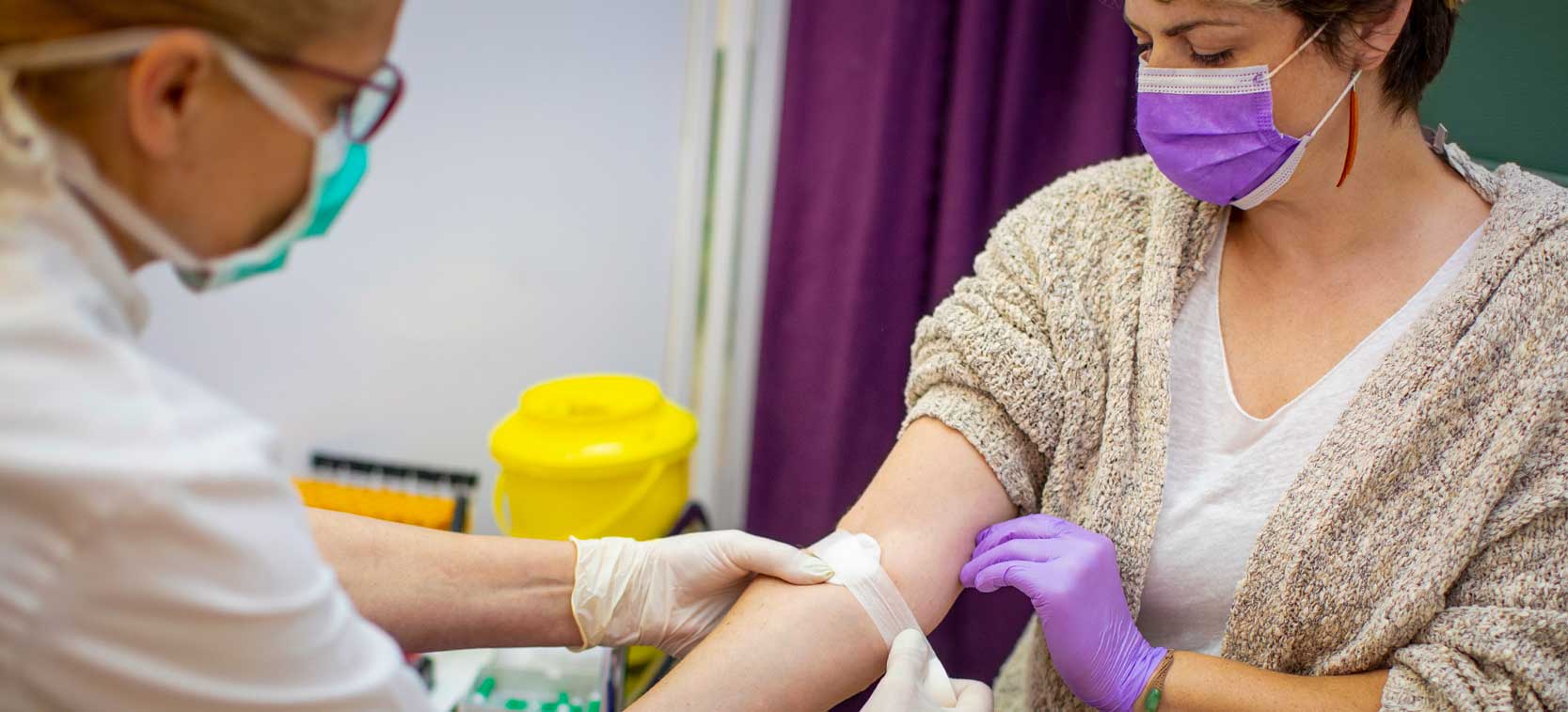Some Known Factual Statements About Northeast Medical Institute - New Haven Campus Phlebotomy Course & Cna Class
Some Known Factual Statements About Northeast Medical Institute - New Haven Campus Phlebotomy Course & Cna Class
Blog Article
Northeast Medical Institute - New Haven Campus Phlebotomy Course & Cna Class - Truths
Table of ContentsNortheast Medical Institute - New Haven Campus Phlebotomy Course & Cna Class Things To Know Before You Get ThisThe Ultimate Guide To Northeast Medical Institute - New Haven Campus Phlebotomy Course & Cna ClassNortheast Medical Institute - New Haven Campus Phlebotomy Course & Cna Class - QuestionsNot known Factual Statements About Northeast Medical Institute - New Haven Campus Phlebotomy Course & Cna Class The Greatest Guide To Northeast Medical Institute - New Haven Campus Phlebotomy Course & Cna ClassThe 2-Minute Rule for Northeast Medical Institute - New Haven Campus Phlebotomy Course & Cna Class
Nevertheless, making use of such tools need to be accompanied by other infection prevention and control practices, and training in their use. Not all safety devices apply to phlebotomy. Before choosing a safety-engineered gadget, customers ought to completely examine offered devices to establish their ideal usage, compatibility with existing phlebotomy methods, and effectiveness in securing personnel and clients (12, 33).For settings with low sources, expense is a driving consider purchase of safety-engineered gadgets - CNA Courses. Where safety-engineered tools are not readily available, knowledgeable use a needle and syringe serves. Accidental direct exposure and certain info about an incident need to be recorded in a register. Support services must be advertised for those that undertake accidental direct exposure.
Among the crucial pens of top quality of care in phlebotomy is the involvement and teamwork of the client; this is equally beneficial to both the wellness worker and the individual. Clear information either created or verbal must be available to each person that goes through phlebotomy. Annex F gives sample text for describing the blood-sampling treatment to a client. In the blood-sampling room for an outpatient division or center, give a comfy reclining couch with an arm rest.
More About Northeast Medical Institute - New Haven Campus Phlebotomy Course & Cna Class
Ensure that the signs for blood tasting are plainly specified, either in a composed protocol or in documented guidelines (e.g. in a lab form). In all times, comply with the techniques for infection avoidance and control detailed in Table 2.2. Infection prevention and control practices. Collect all the equipment needed for the treatment and location it within risk-free and easy reach on a tray or cart, guaranteeing that all the things are clearly visible.
Where the individual is adult and aware, follow the actions detailed listed below. Introduce on your own to the patient, and ask the client to mention their complete name. Check that the lab kind matches the patient's identity (i.e. match the person's details with the lab type, to make certain accurate identification). Ask whether the patent has allergies, anxieties or has actually ever passed out throughout previous shots or blood attracts.
Make the person comfy in a supine placement (if feasible). The client has a right to refuse a test at any time prior to the blood tasting, so it is crucial to make sure that the client has understood the treatment - PCT Training.
Not known Incorrect Statements About Northeast Medical Institute - New Haven Campus Phlebotomy Course & Cna Class
Expand the client's arm and evaluate the antecubital fossa or forearm. Find a vein of a great dimension that is visible, straight and clear. The representation in Area 2.3, shows usual positions of the vessels, however many variations are feasible. The median cubital capillary exists in between muscular tissues and is normally one of the most very easy to puncture.
DO NOT place the needle where capillaries are drawing away, due to the fact that this raises the chance of a haematoma. Situating the blood vessel will certainly aid in determining the appropriate size of needle.
Samplings from central lines carry a risk of contamination or wrong research laboratory examination results. It is acceptable, but not ideal, to attract blood a fantastic read samplings when very first introducing an in-dwelling venous device, prior to linking the cannula to the intravenous fluids.
Northeast Medical Institute - New Haven Campus Phlebotomy Course & Cna Class Fundamentals Explained
Failure to enable adequate contact time boosts the threat of contamination. DO NOT touch the cleaned up website; in certain, DO NOT place a finger over the capillary to lead the shaft of the subjected needle.
Ask the individual to create a clenched fist so the blood vessels are more popular. Get in the vein swiftly at a 30 degree angle or much less, and remain to introduce the needle along the blood vessel at the easiest angle of entrance - Phlebotomy Courses. As soon as sufficient blood has actually been collected, release the tourniquet prior to withdrawing the needle
Some Known Details About Northeast Medical Institute - New Haven Campus Phlebotomy Course & Cna Class
Take out the needle delicately and use gentle pressure to the website with a tidy gauze or dry cotton-wool ball. Ask the patient to hold the gauze or cotton woollen in position, with the arm prolonged and raised. Ask the patient NOT to flex the arm, since doing so causes a haematoma.

Rumored Buzz on Northeast Medical Institute - New Haven Campus Phlebotomy Course & Cna Class
Where possible, maintain the tubes in a shelf and relocate the shelf towards you - https://www.imdb.com/user/ur184085558/. If the example tube does not have a rubber stopper, infuse very gradually right into the tube as decreasing the stress and velocity made use of to move the specimen decreases the danger of haemolysis.

Report this page